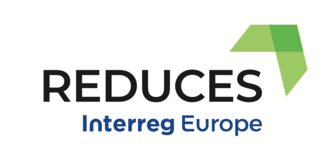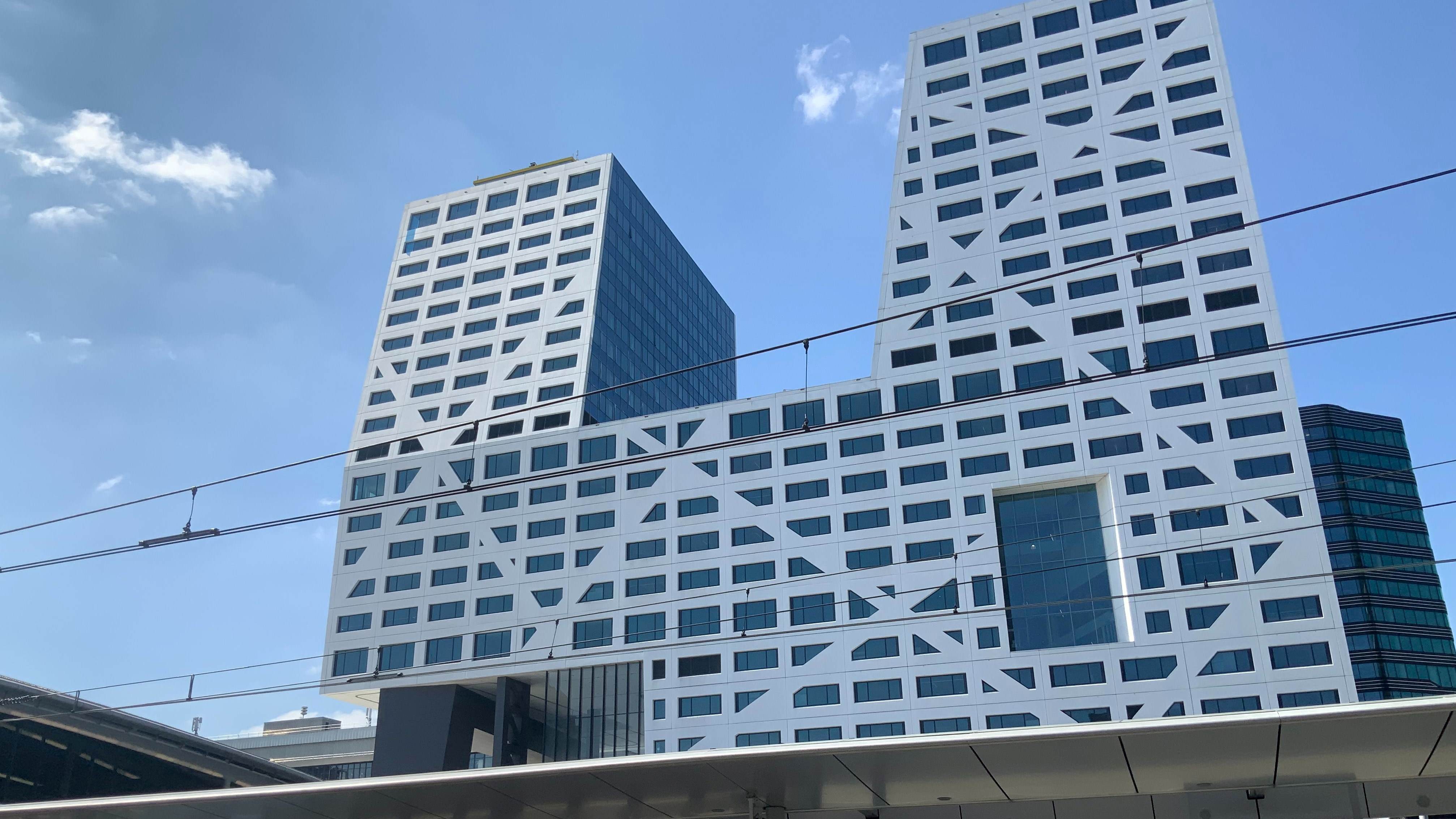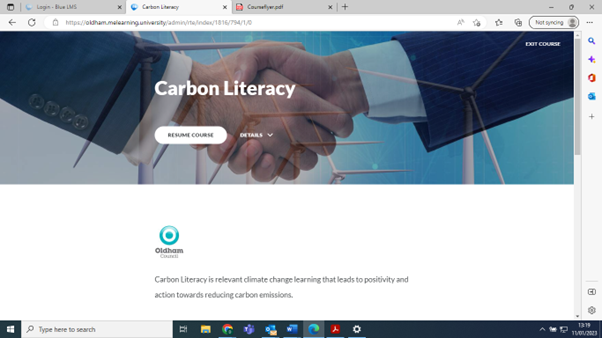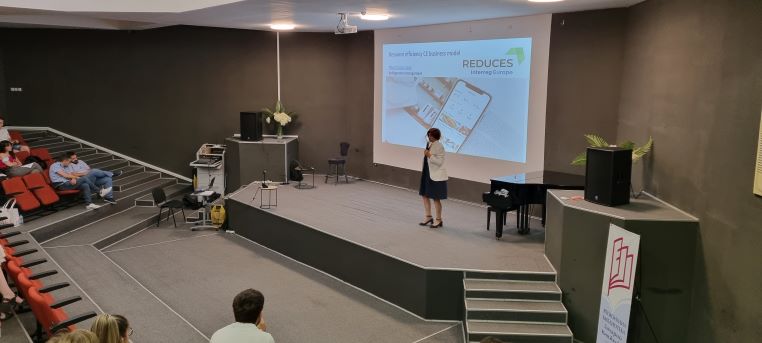In the first part of this blog text we described how the standard that regulates design and quality requirements in residential buildings (DC-09) is being improved. Here we present more examples of the developments that have taken place at the institutional level since the REDUCES project was launched in August 2019.
Deeper knowledge and awareness gained on CE principles is being reflected in all the plans, aid programmes and pilot experiences launched by the Regional Ministry of Housing.
In September 2020, "Plan Irta" was launched, which establishes the conditions for the granting of subsidies to projects, works and applied research and product development projects, which promote innovation and ecological transition in the field of the built environment; including measures such as passive bioclimatic architectural design, active measures linked to the efficient use of resources, but also integration of the principles of circular economy, promoting the use of recyclable and renewable materials that have a known life cycle, and giving priority to flexible solutions that allow adaptation and promote the resilience of spaces without losing value in the chain, among others.
In December 2020, the Regional Ministry of Housing, in collaboration with the Valencian Housing and Land Entity (Evha), is promoting the tendering of several service contracts for the construction of public housing buildings, which will serve as demonstrators of sustainable construction in social, economic, and environmental terms. The assessment criteria of the competition include among others bio-construction criteria, life cycle strategy, waste strategy, resource efficiency (energy and water), building 4.0 and prefabrication.
It seems that we are moving towards the transformation of our economic model (although someone could think slower than required) towards a circular, sustainable, resilient, inclusive, and social model.
Also in December last year, the Regional Ministry of Housing launched the ASTREA programme, which offers granted financing so as to the micro-SMEs and the self-employed renovate workspaces with sustainability and social inclusion criteria. The sustainable measures to be included refer to actions aimed at inclusive design, quality, comfort, and well-being, use of sustainable products, waste management and recovery, water and energy saving.
In addition, regional public grants for the renovation and refurbishment of residential buildings and dwellings, and for the adaptation to the built environment, have recently been published. These subsidy programmes also include sustainability criteria, in the purpose of the aid but also in the award criteria, in which some measures (depending on the specific grant line) are positively valued, as for example the use of wood from sustainable forest management and with low formaldehyde emissions, the use of taps and cisterns with devices and characteristics that promote water saving, or products with environmental labelling.
Finally, all this work has been supported by the publication of a Green Guide, public procurement environmental measures in the building sector of the Generalitat, developed in collaboration with IVE, which incorporates principles of circular economy. It deals with the inclusion of environmental measures in the different phases of public procurement, from preparation and award of contracts to the terms, verification, performance, and extinction of contracts. The aforementioned environmental criteria are developed through a series of functional sheets (35 developed so far). Each of them deals with an environmental measure (e.g., within the measures related to energy, one of them is related to the limitation of energy consumption, another one has to do with the production of DHW through renewable energies, etc.). The sheets also include specific description to be incorporated in the contracts. Currently, the Green Guide is being revised and new measures are introduced, so it will be published shortly.
So, it seems that we are moving towards the transformation of our economic model (although someone could think slower than required) towards a circular, sustainable, resilient, inclusive, and social model.
Vera Valero Escribano
Valencia Institute of Building
Photo: Jonny James











